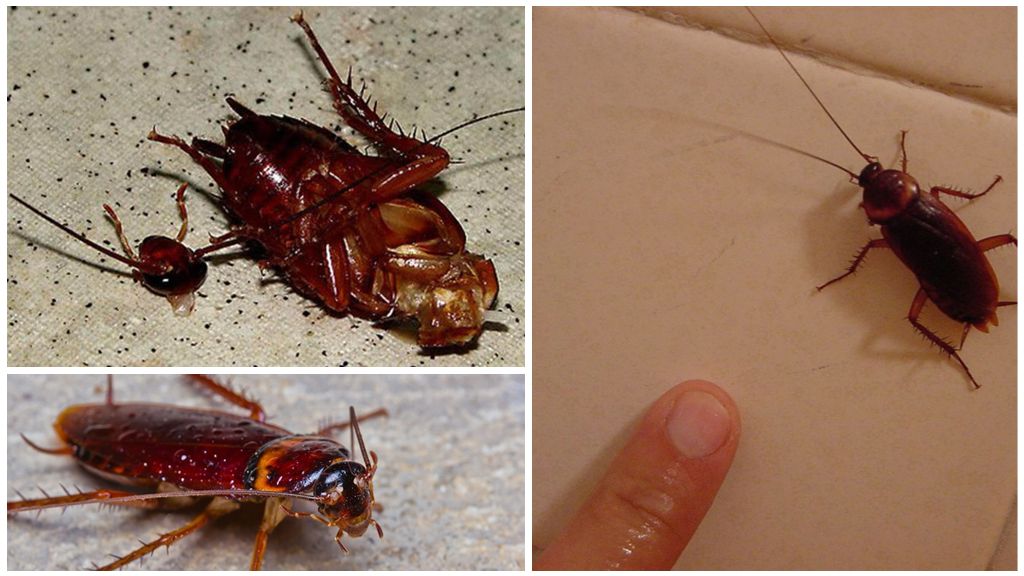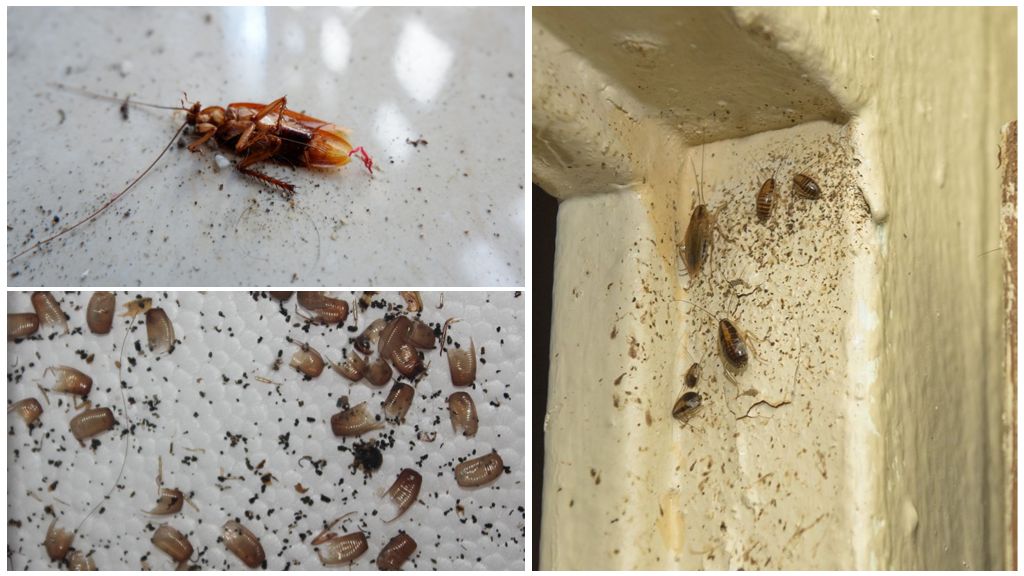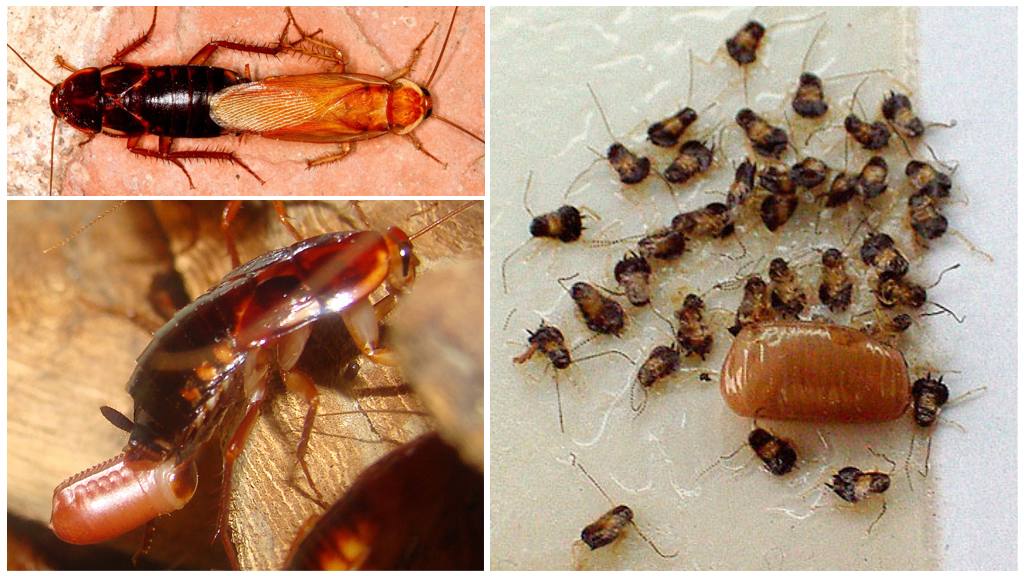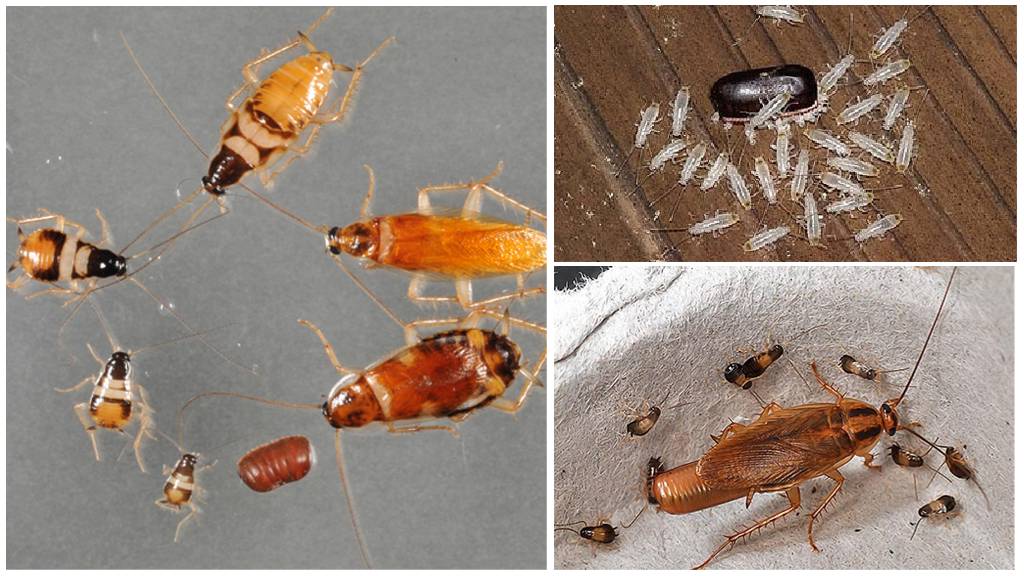
The whole squad of cockroaches is considered very hardy insects, although in terms of existence without food fleas easily "plug them in the belt." But the cockroaches are different in that they continue to move for a long time after decapitation. Scientists are interested in the question how long a cockroach lives without a head.
Is life without a head possible
Strictly speaking, after decapitation (decapitation) the cockroach does not live, but dies very slowly. If you decapitate a chicken, it also beats for some time, and sometimes it can even run around the yard. But no one thinks that a headless chicken can live. This is agony. The cockroach agony is very stretched in time, so people think that these parasites can live without a head. Entomologist Christopher Tipping became interested in this phenomenon and conducted a series of experiments with the periplanet of American.
Why does the headless body of a cockroach function for a long time?
Under a microscope, Tipping decapitated the periplanet and sealed the sections with dental wax so that moisture would not evaporate from the body of the insect. He found out that under sterile laboratory conditions a cockroach can live without a head for several weeks. The word “live” is conditional here, since the body was passive and did not move much, but reacted to touch.
On a note!
In non-sterile conditions, the body lives for no more than 7 days without a head, as mold and bacteria “eat it”.
But physiologist and biochemist Joseph Kunkel, who studies the development of cockroaches, had to explain why the decapitated corps "lives" for many more days. Kunkel explained this phenomenon by the features of the inner cockroach structures. When compared with people, then a person dying from beheading dies of blood loss. But even if the blood could be stopped, people would still die. The fact is that the center that controls breathing in humans is located in the brain. When decapitating, the nerves stop receiving signals for controlling the intercostal muscles, and the muscles stop stretching and compressing the chest. There are no muscles in the lungs of a person, they swell due to the expansion of the chest. As a result, when the brain dies, people suffocate, even if the head remains in place and there was no blood loss.
The cockroaches are different. Their brain is very conditional. The insect has several ganglia nerve centers distributed throughout the body.
The pest does not need a nose to breathe; it breathes through the spiracles on the abdomen. Scientists believe that even a bloodstream system does not need a cockroach to supply tissues with oxygen. Air delivery through the spiracles occurs directly into the soft tissue of the parasite.
The lymphatic system is not closed, and the parasite has no analogue of human blood pressure. This is what makes it possible for the body of a cockroach to live a few more weeks after decapitation. The clipping site of the head is immediately sealed with lymph and fluid loss does not occur.
On a note!
Cockroaches are cold-blooded creatures. When cooled, all processes in their body slow down. If you keep the bodies of insects in the refrigerator, they "live" longer.
Head without a cockroach
The severed head also continues to "live." She moves her mustache. But this part stops moving quite quickly. She doesn’t have “fat reserves” like the case, so she only exists for a few hours.If you supply the head with nutrients and refrigerate, it will live longer.




I did not even imagine before that a cockroach is able to live without a head. If the Prussians were at home, an independent experiment could be carried out